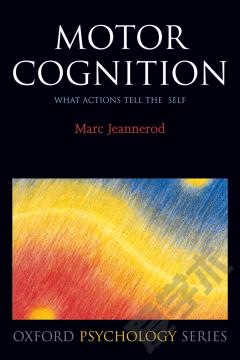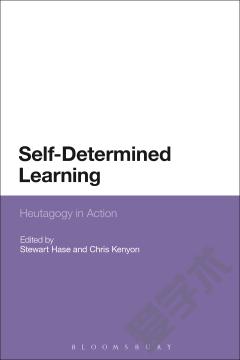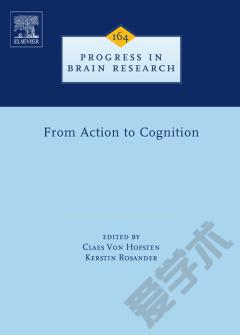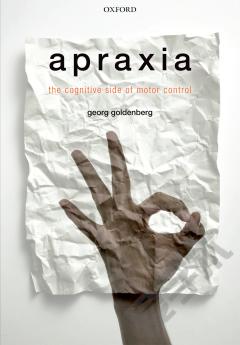Motor Cognition —— What actions tell the self
----- 运动认知:什么动作告诉自己
1. Representations for actions 1.1 Definitions 1.2 Neural models of action representations 1.3 Functional models of action representation 2. Imagined actions as a prototypical form of action representation 2.1 The kinematic content of motor images 2.2 Dynamic changes in physiological parameters during motor imagery 2.3 The functional anatomy of motor images 2.4 The consequences of the embodiment of action representations 3. Consciousness of self-produced actions and intentions 3.1 Consciousness of actions 3.2 Consciousness of intentions 4. The sense of agency and the self/other distinction 4.1 Sense of ownership and sense of agency in self-identification 4.2 The nature of the mechanism for self-identification 4.3 The problem of the self/other distinction 4.4 Failure of self-recognition/attribution mechanisms in pathological states 5. How do we perceive and understand the actions of others 5.1 The perception of faces and bodies 5.2 The perception of biological motion 5.3 The understanding of others' actions 5.4 Functional implications of the mirror system in motor cognition 5.5 The role of the mirror system in action imitation 6. The simulation hypothesis of motor cognition 6.1 Motor simulation: a hypothesis for explaining action representations 6.2 Motor cognition and social cognition 6.3 Motor simulation and language understanding Conclusion
{{comment.content}}








 京公网安备 11010802027623号
京公网安备 11010802027623号